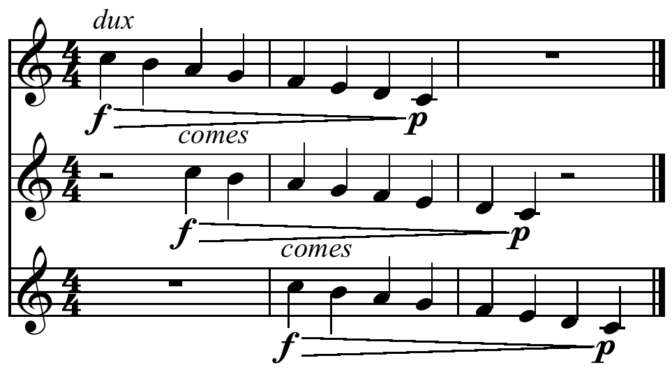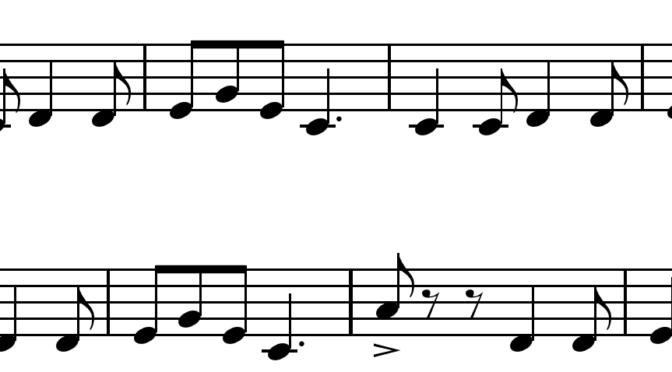We all know that sometimes the melody doesn’t come out right, or your hands just don’t listen to you, or maybe you’re not satisfied with what’s happening with your instrument. Don’t worry, we all have those moments!
But there are some thing you can do to improve your playing.
- To start, let me tell you how important it is to keep your hands in condition. These are the most precious ally that you have! Keep them safe and healthy: take care of both your nails and the skin. As it is for runners to have healthy feet, without any blisters or injuries, it’s the same for musicians and their hands.
- Make time! You need to see your instrument as your best friend. And to best friends we can tell and share everything, we want to see them as often as possible, we sometimes just hang without doing anything seriously. It’s the same with you instrument! Even when you don’t really rehearse, just hang with your instrument, get to know it, figure out how you two work best together. If you know every inch of your instrument, you will be more comfortable with it.
- Practice, practice, practice! This one you know very well. You don’t really need me to tell you this, do you?
- Learn different genres of music. Like, you know, pop, rock, jazz, blues… I know you have heard of them, but have you ever thought about how and why a melody can sound „jazzy“? It’s because the different genres use different scales. So I encourage you to learn different scales and moods and try to improvise. You will be surprised how easy it can be!
- And now that we got to my favorite part, IMPROVISE! Allow yourself to let go of all fear! Don’t be afraid of yourself, or anybody. When you’re alone, just start hitting some random notes, then you’ll start making up a melody. There is no right way to do it. Find your own style!



